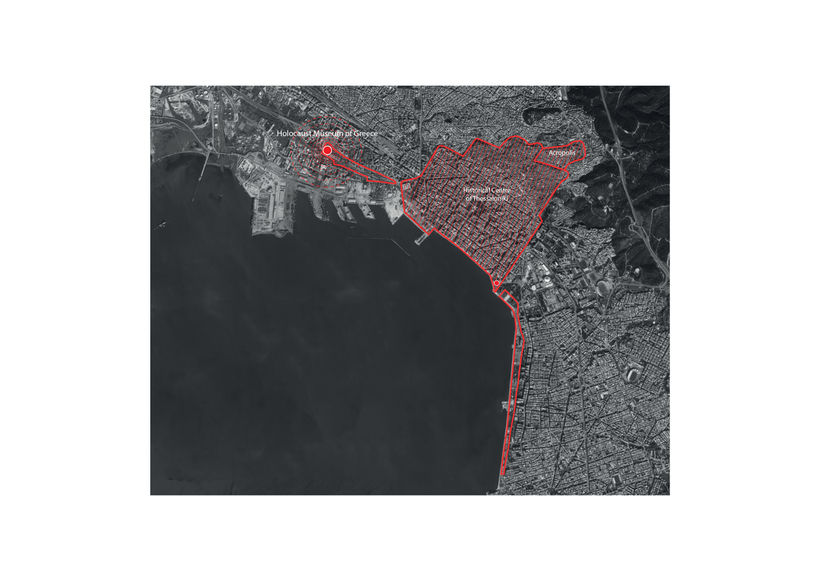Holocaust Museum of Greece, Thessaloniki
Location: Thessaloniki, Greece
Year: 2020 -
Area: 8,000 sqm.
Status: In Progress
Client: The Jewish Community of Thessaloniki
Team : Meira Kowalsky, Avinoam Sharon, Alon Sarig, Roy Finkelman, Talma Weizner, Yssaf Ohana, Lior Ramon.
Collaboration: Heide & Von Beckerath Architekten Berlin, Makridis Associates, Thessaloniki
Project Description
The Holocaust Museum of Greece is a monument to the enduring multi-cultural life of the city. It recounts and commemorates the singularity of the Jewish history of Thessaloniki, but also belongs to all past and present communities of the city. It will not only offer a look back to reconcile the past, but also offers a forward-looking anticipation of a new, collective history of tolerance.
The Museum is located on the western side of Thessaloniki, a position that is beneficial in relation to the historical centre and the seafront. The site will be embedded in a grove, part of a forthcoming metropolitan park. The building is located on a haunted site, next to the Old Railway Station, from where the Jews of Thessaloniki were deported to Auschwitz-Birkenau, during the Second World War. In this context,
The architectural concept of the Holocaust Museum of Greece in Thessaloniki is rooted in the dual notion of presence and absence. Rising on the site of the former railway station, the museum embodies both a place of departure and a place of return a space where memory, light, and material converge to tell the story of a lost community. Its octagonal form resonates with the geometry of ancient and sacred architecture found throughout the city, while the interplay of light and shadow across the marble and concrete surfaces evokes the coexistence of life and loss.
Designed as an open and permeable monument, the building invites the public to experience remembrance not as a closed chapter, but as a living dialogue with the present. Transparent thresholds and framed views connect the museum’s interior to the city beyond, transforming the act of remembrance into a civic gesture. Inside, a vertical sequence of exhibition spaces, research areas, and public zones reflects the layered history of Thessaloniki a city where Jewish, Christian, and Muslim cultures once flourished side by side.
The museum is conceived as both a place of reflection and a catalyst for renewal. Through its architecture, it seeks to reconcile the fragmented narratives of the past with the pluralistic identity of Thessaloniki today a city once known as la madre de Israel, “the mother of Israel,” and now reimagined as a beacon of coexistence and hope.

























